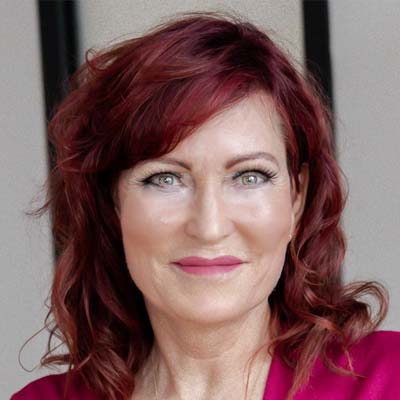How To Create More Diverse and Inclusive Fitness Marketing
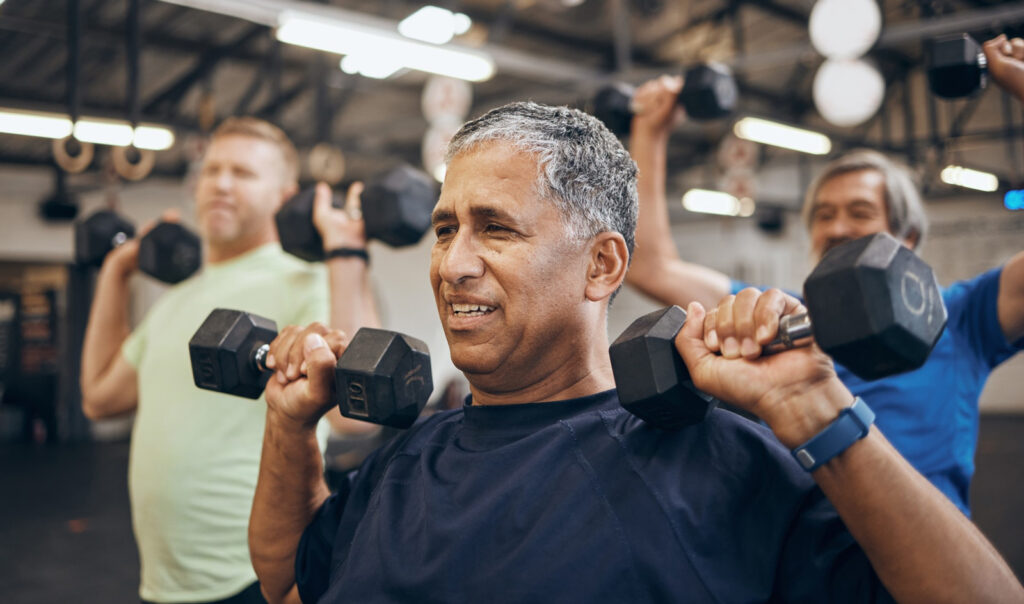
When was the last time you took a moment to pause and reflect on who you are attracting to your facility and how you can use your fitness marketing imagery to be more inviting and inclusive with your brand image? In this blog, we share insights and perspectives from three industry experts on creating more diverse and inclusive fitness marketing.
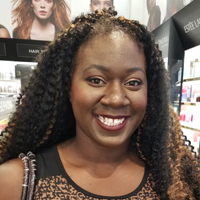
Simone Samuels, canfitpro PRO TRAINER, fitness professional, writer, and an expert on DEI and racism says it is important that fitness professionals think about their audience/ideal client avatar (e.g., who you want to attract). “I find it interesting when gyms want to attract people who want to get fit but only have photos of people with glistening six-pack abs — people who represent the smallest sliver of society.”
Simone also thinks it is important to think along the lines of marginalized and intersectional identities. Simone recommends you diversify your images and try to depict people of multiple races (Black, White, Indigenous etc.), religions (Sikh person with a turban, Muslim woman with a hijab or in a full bathing suit, Jewish man with a kippah/yarmulke), genders and orientations (queer, non-binary, trans etc.), family status (single people, mothers, single parents), cultures, ages (young, old and in between), abilities (wheelchair users, amputees, ostomy bag, people with diabetes), sizes (staying away from the “conventionally fit personal trainer training unfit person of a larger size” trope. Show people in larger bodies being the beginner and the expert).
Lastly, Simone recommends you consider creating your own images. Consider the colours, fonts, and font sizes you use and whether they are accessible. Do you have alternate text or image descriptions on your website which makes it easier for those who are visually impaired or may be using screen readers? If you want to attract a diverse clientele, then your marketing needs to consider diversity. If you want to serve the public, remember that the public is not homogenous and includes people of marginalized identities. And then of course make sure your marketing actually aligns with your service delivery and creates a culture of inclusion. Follow Simone on Instagram @simonesamuels.
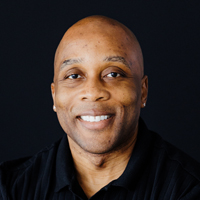
Dwayne Smith, Director of Diversity, Equity & Inclusion at GoodLife Fitness, says that there are two important considerations for improving DEI in your fitness business marketing – imagery and accessibility. When it comes to imagery, you must understand the communities that you serve by looking at your demographics both inside and outside your facility. Ensure that you have employees that represent the diverse markets that you operate in. This allows for more authentic and familiar connections to attract and retain more consumers. It also shows that you are an inclusive and welcoming space. If you put diversity in your marketing, ensure that you know how to create a safe space for them. By understanding the cultural nuances and the challenges (like microaggressions) that identities face each day, it puts you in a better position to make sure that you create a culture of awareness through training and policies. Dwayne says to look to include images of different races, cultures, religions, genders, abilities, body sizes and shapes. The marketing you create should make everyone feel like they can see themselves in your facility.
Dwayne also advises you to promote accessibility through your fitness marketing, but you must be careful when putting images of persons with disabilities because the expectation is that you will be able to service them through accessible facilities and adaptive equipment. Make sure that you are doing at least the AODA requirements. Also, look for opportunities to include braille on equipment, doors signs and lockers. Consider having private showers and change rooms for those not comfortable being in public change areas. And finally, while we may assume we always provide various levels, Dwayne emphasizes the importance that your trainers and instructors are providing distinct levels of fitness routines to ensure you can service those who are novice to experts.
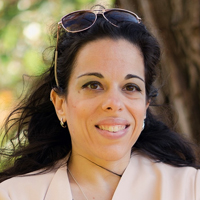
Jess Silver, Founder and Executive Director of Flex for Access Inc., challenges fitness business owners to reflect on how to make adaptive fitness more a part of the mainstream within their facilities. Jess’s inspiring organization is doing incredible work to champion adaptive fitness through three key principles: advocacy, awareness, and empowerment. Effective fitness marketing for adaptive fitness is supported by all three of these areas.
Jess encourages leaders, owners, and operators to have conversations about adaptive fitness, whether it is through education or through regular communication channels, as this crucial. Jess also emphasizes that whether it is marketing in your clubs or through social media, this provides an opportunity to represent either what you are offering or to help generate new conversations that affirm and support adaptive fitness.
Finally, Jess reminds fitness professionals at all levels, especially in leadership positions, of the need for having conversations with people with disabilities to understand how to make their marketing and their spaces more accessible and inviting to people with diverse abilities.
To learn more about Jess’s work and to improve your knowledge of adaptive fitness follow @flexforaccess on Instagram and Twitter and use #flexforaccess to join the conversation.
canfitpro aspires to deliver accessible learning experiences to a global audience, making fitness and mental health a part of personal wellness for everyone. Diversity, Equity, and Inclusion are priorities for every part of our organization, including our branding and marketing. Caring community is one of the core values we live and breathe. Through this value we celebrate diversity by encouraging our associates to “treat each other with respect, equity, and caring everyday. We support an environment made up of unique backgrounds, where everyone can feel welcome and belong, be their authentic self, comfortably share their ideas, and thrive no matter their race, ethnicity, age, gender, gender identity, sexual orientation, ability, religion, and body type. Diversity is our competitive advantage!”

